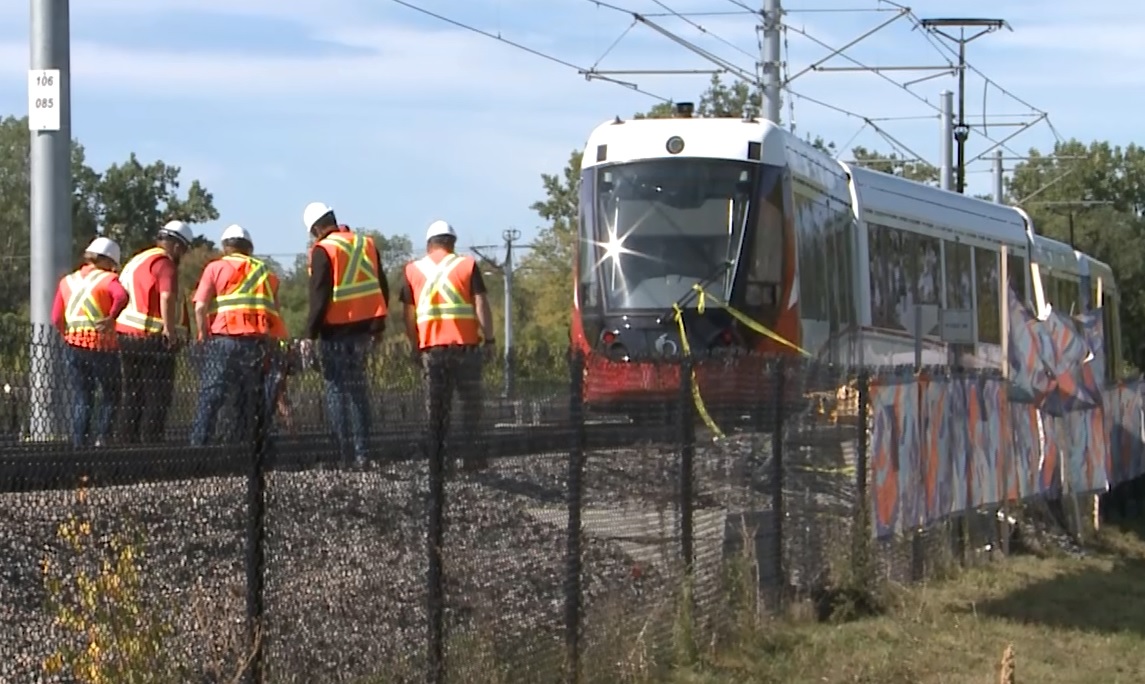smallspy
Senior Member
It is absolutely a barrier.I don't think this is a barrier. The original North-South project from 2006 (approved and funded) was to provide electric LRT service on the route without problem. Any issues that might have existed were already resolved at that time.
The 2006 project would have removed much of the trackage from the North American network. That would have resolved any potential equipment issues - and why they were able to order off-the-shelf rolling stock.
Dan





